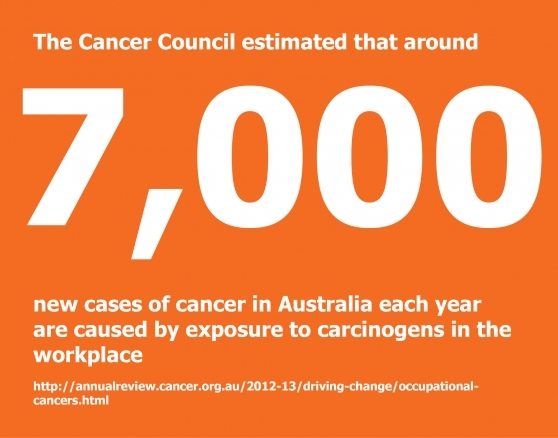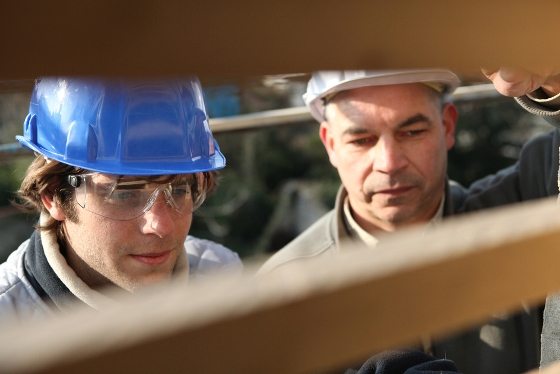Being a leader means you’re tasked with many responsibilities, across managing people and teams, organisational expectations and performance. Not every leader is awesome at all aspects of leading teams – here are four common mistakes you may be making:
- No vision.
Without a clear vision compelling your team into action, does your team know what you’re all trying to achieve at a top level? And why should they care? - Not developing your people.
Are you setting goals to support a growth mindset and creating an opportunity for your people to develop? If not, you’re wasting their potential to move themselves, yourself (as their leader), and the organisation forward. - Not knowing where to focus your energy.
With so much to manage, do you know what the best use of your time and resources are? Not being able plan and prioritise your people and resources is a recipe for disaster. - Not delegating.
Burnt out? Micro-managing because you can’t let go? Chances are you’re doing too many things your team should be responsible for. You are also stifling their development. You need to find the balance between a hands-off approach and micromanaging. Look at additional training and development you think they lack and plan regular check-ins while they’re doing their job so you can concentrate on your priorities.
Want to develop your ability to lead teams?
Our Leading Teams program is designed both for managers of intact teams, project teams and for team members working in a matrixed organisation. This program outlines the key stages of team development and how to move the team from early relationship development through to an aligned focus on goals and a collaborative workflow.
Our 2-day program also focuses on planning and prioritisation in order to create efficiencies, reduce rework and optimise individual performance. The Leading Teams program can be taken on its own, or as part of the BSB40520 Certificate IV in Leadership & Management.
After this two-day Leading Teams program you’ll be able to:
- Better appreciate where to focus your team’s energy in order to increase influence and reduce lost time on things beyond their control
- Plan, prioritise and evaluate resources in order to create efficiencies and optimise performance
- Identify opportunities to delegate tasks that support individual skills development and in-role growth
- Recognise behaviours that occur at each stage of team development
- Intervene appropriately to lead individuals through the stages of team development (either as a manager or team member)
- Review your current team against the characteristics of a high-performing team and develop strategies to progress toward this
- Build a vision and a compelling reason to motivate team members and subcontractors to work together toward optimal performance
- Set goals to support a growth mindset and opportunities for development
- Create action plans that can be implemented with current teams
Want to see how this program impacted Downer? Read more here: https://safetydimensions.com.au/leadership-excellence-at-downer/
Want more info?
Read more about our program BSB40520 Certificate IV in Leadership & Management>
Want this program customised for your workplace and industry?
Call 03 9510 0477 or email info@ldn.com.au
From our blog
Dealing With Stress Programs
Dealing With Stress Programs Stress comes in many forms, sometimes positive and useful for peak performance and sometimes counterproductive when built up over a period of time. Stress shows up as higher absenteeism, higher workcover claims, poor performance, bullying...
Cancers from workplace exposure
The Cancer Council estimated that around 7,000 new cases of cancer in Australia each year are caused by exposure to carcinogens in the workplace. The report estimates that as many as 1.5 million Australian workers, engaged in 51 different industries, may be exposed to...
Staying Cool Under Extreme Heat
As summer temperatures soar around the country, Worksafe Victoria shares some advice about how to prevent heat illness from working outdoors in hot weather or where heat is generated as part of work. With temperatures predicted to reach above 40 degrees Celsius across...
Donald’s Disney Safety Video – A Blast From The Past With Relevance Today
Sometimes it takes the ridiculous to remind us how our behaviours and safety standards can be in complete contrast from one environment to the next. In this classic slap-stick Disney cartoon from 1956, J. J. Fate follows Donald Duck through his workday, contrasting...
Waiting For Safety – Why Young People “Wait and See” To Report Hazards
A recently published Canadian study by the Journal of Safety Research showed that young people considered their supervisors one of the barriers to injury prevention and reporting. The study titled Waiting for Safety: Responses By Young Canadian Workers To Unsafe...
Workers Compensation – What does it cost?
According to Safe Work Australia's 'Key Workers’ Compensation Information Australia 2013 Report'*, in the year 2010-11 there were 127,330 serious workers’ compensation claims involving one or more weeks of time lost from work, a permanent incapacity or fatality. This...





